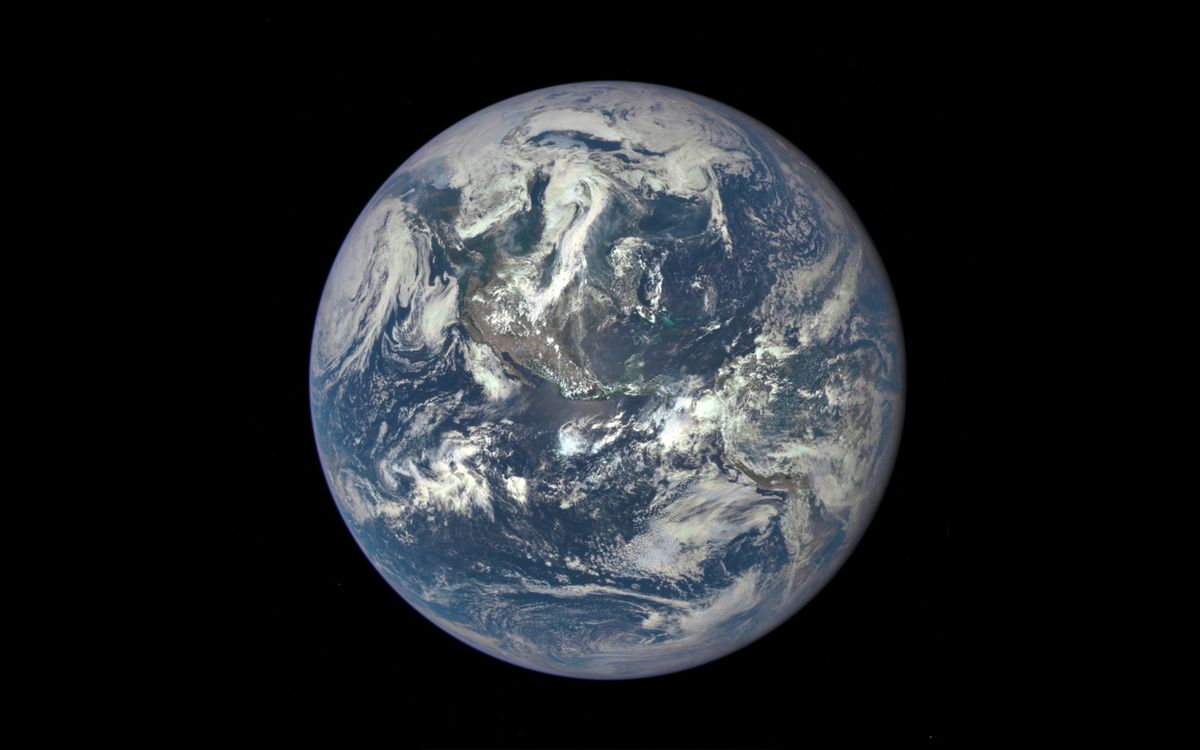Four severe U.S. weather events were confirmed in June, bringing the number of billion-dollar disasters in the nation this year up to more than a dozen.
The country suffered 15 separate billion-dollar weather and climate events between January and June, with a combined economic toll of about $37 billion, according to the U.S. National Oceanic and Atmospheric Administration (NOAA).
Since 1980, the U.S. has now experienced 391 such events, which together have caused more than $2.755 trillion worth of damage.
Related: The ‘safe’ threshold for global warming will be passed in just 6 years, scientists say
There were a variety of extreme weather events across the U.S. in June, as NOAA noted. In San Joaquin County, California, for example, the Correll Fire began on June 1 and burned more than 14,000 acres (5,666 hectares).
To the north, in Deschutes County, Oregon, the Darlene 3 Fire sparked on June 25 and charred more than 3,800 acres (1,538 hectares). A severe thunderstorm dropped a monster of a hailstone in the Texas panhandle on June 2 that could set a new state record at more than 6.25 inches (15.9 centimeters) in diameter.
In the Atlantic basin, the first named storm of the season, Alberto, made landfall as a tropical storm in Mexico on June 20 and brought some communities in Texas nearly three times the monthly average for rainfall within 48 hours.
This past June was Earth’s warmest June on record and the planet’s 13th month in a row of record-high temperatures, NOAA officials said in an X post.
.@NOAA: June 2024 was Earth’s warmest June on record and the world’s 13th consecutive month of record-warm temperatures. This ties May 2015-May 2016 for the longest record-warm global temperature streak in the modern record. https://t.co/Kl5iKemsKc #StateOfClimate #Climate pic.twitter.com/H7TSjbvswPJuly 12, 2024
Droughts — one of the direct consequences of human-driven climate change — afflicted a variety of regions around the United States last month. According to the July 2 U.S. Drought Monitor Report, there was a 6% increase since the end of May in the area of the contiguous U.S. experiencing drought conditions, bringing the total to 19%. Droughts intensified in most of the Southeast, much of the Mid-Atlantic region and portions of the Ohio Valley, Tennessee, eastern Oklahoma and the northern Plains. The Southwest, Kansas, the panhandle of Oklahoma, southern Texas and southern Florida, on the other hand, saw a reduction in drought intensity.
Heat was a big topic yet again; this past June ranked as the second-warmest June on record for the contiguous U.S. over the past 130 years. Looking at the six-month period between January and June, the average contiguous U.S. temperature was confirmed to be the second warmest on record, at 50.9 degrees Fahrenheit (10.5 degrees Celsius), according to NOAA.
Coast to coast, temperatures were above average for nearly every state, with record warmth in parts of the Northeast, Great Lakes, southern Plains and Mid-Atlantic. During this period, three states experienced their warmest-ever temperatures, including New Hampshire, Vermont, Pennsylvania and West Virginia.




















Discussion about this post